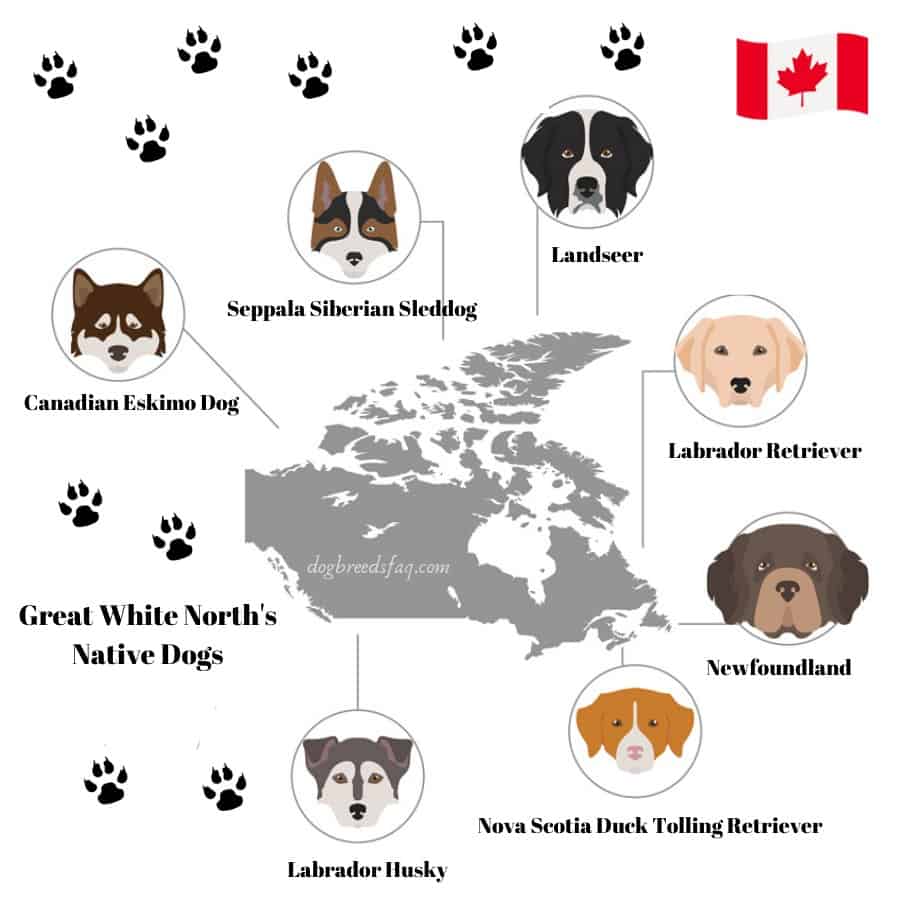Several world-famous dog breeds are known to come from Canada, but so do some less popular ones.
Canada has produced a range of different dog breeds, but many come from working roots, both for native people and settlers.
Here is a list of 7 famous Canadian dog breeds.
Ready?
1. Landseer

Highlights: Playful, Intelligent, Friendly
The Landseer is historically a working breed and was widely used by fishermen for towing nets.
It was a popular working dog in both Europe and Canada and is often confused with another native Canadian breed, the Newfoundland.
While the dogs are similar and have the same ancestors, they are recognized as distinct breeds by all kennel clubs.
Landseers are massive, and some dogs have been recorded as weighing over 200bs!
Despite their size, a Landseer is a great family pet because it’s very gentle, and is surprisingly tolerant of small children.
In fact, they’ve long been kept as family pets and feature in several paintings by Victorian artists.
DID YOU KNOW?
- Wendy’s dog in Peter Pan, Nana, was actually meant to be a Landseer. However, this was misinterpreted at some point and so she is generally played by a St. Bernard.
- The Landseer descends from ancient Molosser dogs. These were used by ancient cultures as dogs of war because of their size and viciousness.
- The fact that the dog in Charlotte Bronte’s novel Jane Eyre is a Landseer shows how popular they were in the Victorian period. This dog is called a Newfoundland but is actually a Landseer.
Temperament
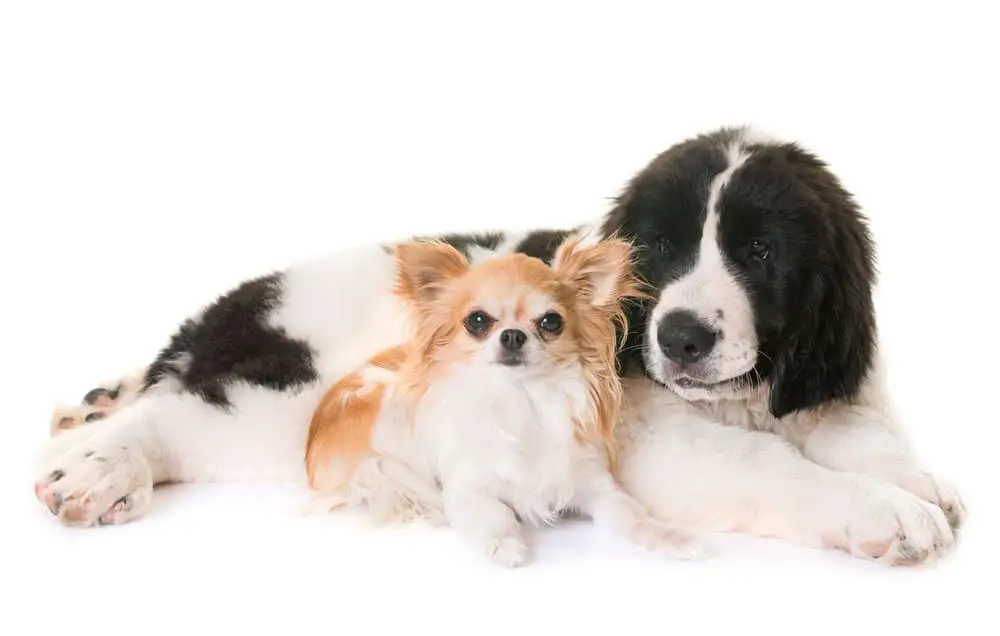
The Landseer makes such a good family dog because it has an amazing temperament.
The breed is known to be friendly, loyal, eager to please, and very gentle, particularly with children.
They’re protective of their family and home, but not in an aggressive way.
Landseers are generally easy to train because it’s in their nature to listen to commands.
However, this training needs to start at an early age if you’re to get the most out of it. Landseers are very intelligent breeds and can learn a range of complex commands.
[table id=6 /]
Related Questions:
1. Do Landseer dogs drool?
A Landseer, like other giant dog breeds, does drool, although not as much as others.
They drink lots of water, and this can get quite messy, so make sure you set their bowl up out of the way.
2. Is a Landseer a Newfoundland?
The Landseer originated as a color variant of the Newfoundland, so both share the same ancestors.
However, this color variant got recognized as a distinct breed when both breeds became more popular as show dogs.
There are variations between the two breeds, but they’re minor.
2. Newfoundland
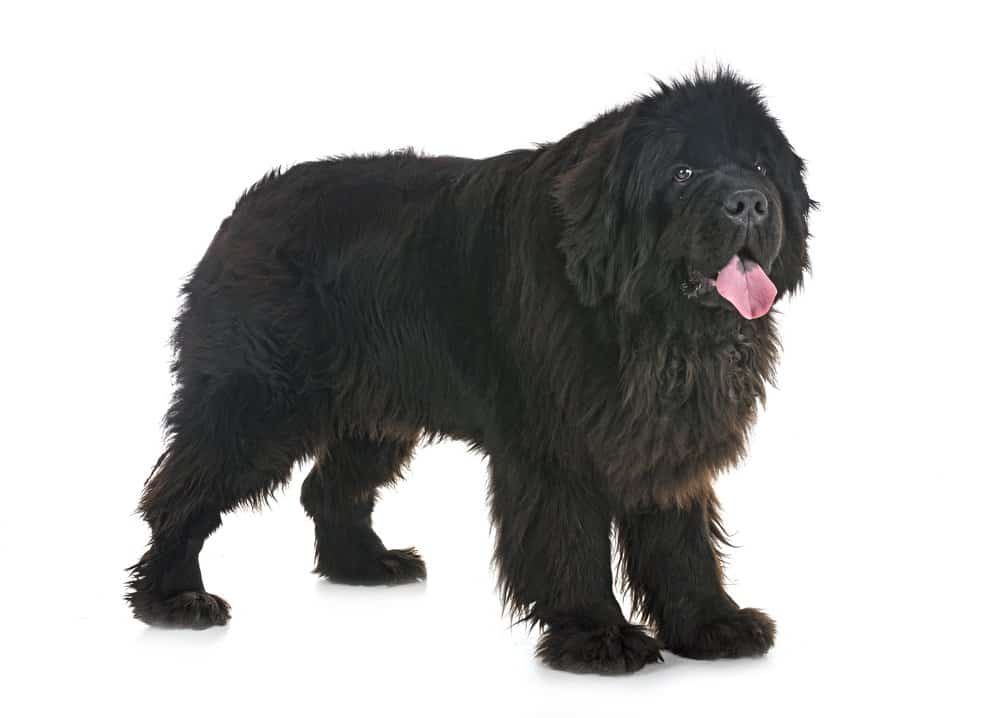
Highlights: Protective, Intelligent, Affectionate
The Newfoundland is probably one of the more recognizable native Canadian dog breeds.
Its long shaggy fur is designed to keep its massive body warm and is probably its most distinctive feature (other than its size).
They were historically used as helpers by fishermen.
Newfoundlands originated in the 19th century and quickly became a popular family pet.
This is still the case today, but obviously, keeping such a big dog has particular requirements.
The Newfoundland is a popular family dog because it is known to be gentle and very friendly.
Much like the Landseer, the Newfoundland was widely recognized in Victorian popular culture.
Many owners expect to keep more than one of the breed, as they’re very friendly animals, but this obviously takes a lot of space and commitment.
DID YOU KNOW?
- The Newfoundland is an amazing swimmer, which is why it was so popular with fishermen. The breed is still regularly used as a water rescue dog.
- The famous composer Richard Wagner had a Newfoundland. The dog accompanied him on the trip that inspired the events of his opera, The Flying Dutchman.
- American politician Robert F. Kennedy had a pet Newfoundland; its name was Brumus.
Temperament
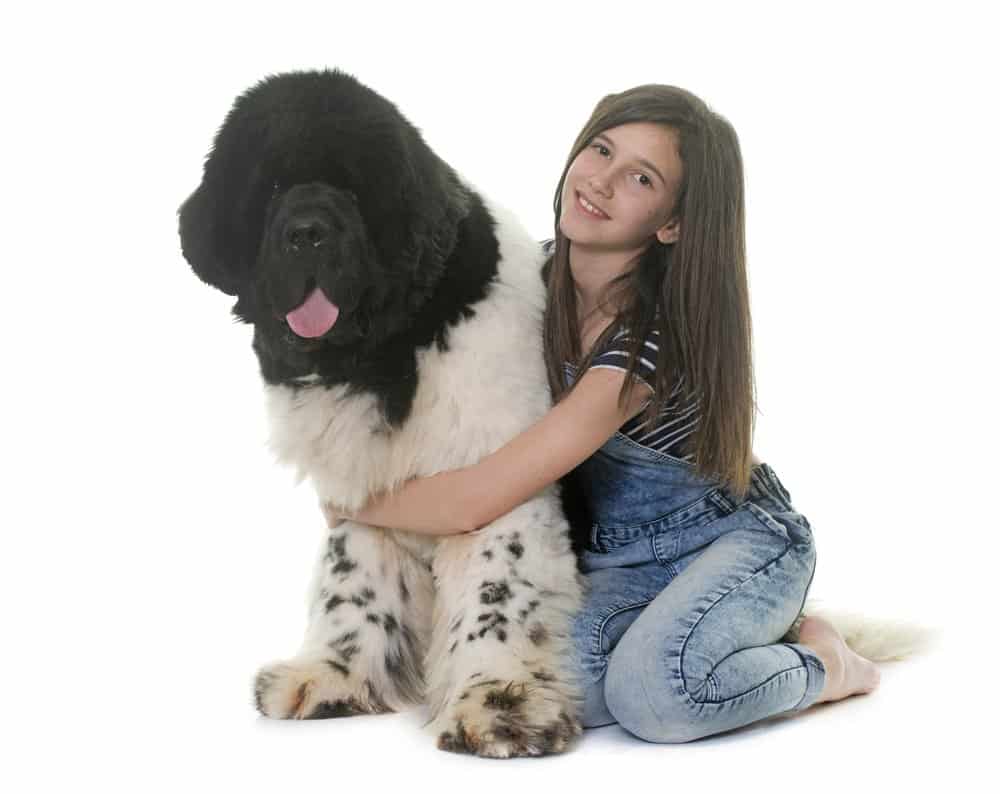
Although the Newfoundland looks like an intimidating dog, it’s actually very friendly.
They’re known for being gentle and great with small children,[1] but are also very protective of their home.
While this doesn’t mean they’re aggressive, they are known to bark.
The Newfoundland is surprisingly easy to train and is generally eager to please its owners.
That said, it does require a confident owner to control such a massive dog, particularly when they’re young and more energetic.
Proper obedience training is so much more important with big dogs because the only thing keeping them under your control is their respect for you.
[table id=7 /]
Related Questions:
1. Do Newfoundland dogs shed a lot?
It might be unsurprising considering their shaggy coat, but the Newfoundland is a heavy shedder.
In fact, it’s one of the worst breeds for it. Regular grooming is necessary to keep their coat manageable, but it, unfortunately, makes little difference to the amount they shed.
2. Can Newfoundlands be left alone?
The main thing to know about Newfoundlands is that they need plenty of human attention.
That said, they can be left alone during the day while everyone is out, but owners just need to make sure they give the dog plenty of attention when they get home.
3. Are male or female Newfoundlands better?
Generally speaking, there’s not much difference in temperament between male and female Newfoundland dogs.
However, it’s often the case that male dogs of all species will be more aggressive (and grow larger), so if you want to be on the safe side, choose a female.
3. Nova Scotia Duck Tolling Retriever

Highlights: Intelligent, Alert, Energetic
The Nova Scotia Duck Tolling Retriever, a.k.a. Tollers was used as a gun dog, meaning it has excellent retrieving skills.
This also means the breed is very intelligent and eager to please their owners.
Of course, this makes them highly suitable as family dogs, providing they get enough exercise.
The breed’s name is a pretty obvious indication of its history.
It originated in Nova Scotia, Canada, and was used for luring and retrieving ducks and other waterfowl.
The breed is easily recognizable because of its red/orange wavy coat and distinctive white markings.
DID YOU KNOW?
- The breed was recognized by national kennel clubs in 1980 and became the official dog of the Nova Scotia province.
- The word “tolling” in the breed’s name refers to the process of the dog chasing birds into the shooter’s line of sight. The breed’s colors were chosen to look like a fox, and the white markings are designed to make birds curious.
- The Nova Scotia Duck Tolling Retriever is excellent in obedience and agility trials. They’re widely known for their intelligence and are still used as working dogs.
Temperament
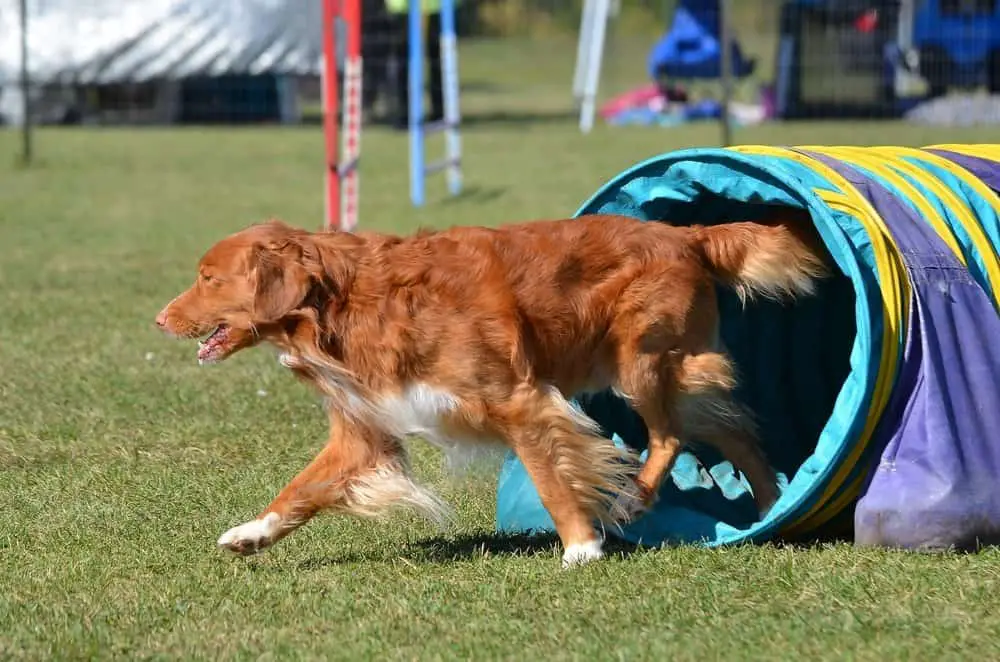
As you can probably tell, the Nova Scotia Duck Tolling Retriever is an incredibly friendly and intelligent breed.
They enjoy being around children and are safe to keep in a family home. However, owners should understand that the breed’s intelligence means they need lots of mental stimulation.
Tollers are generally fine around other dogs but should be socialized from an early age.
Obedience classes are perfect because they also require lots of training. Tollers aren’t the best breed to keep around cats and other small animals because they still have a strong prey instinct.
[table id=8 /]
Related Questions:
1. Is a Nova Scotia Duck Tolling Retriever right for me?
People who are thinking about getting a Nova Scotia Duck Tolling Retriever should bear in mind that the breed is very energetic and need plenty of mental stimulation.
While this isn’t hard to provide, it does require commitment.
2. Do Nova Scotia Duck Tolling Retrievers bark a lot?
Generally speaking, the Nova Scotia Duck Tolling Retriever isn’t known for barking, unless they’re bored.
The breed is known to “scream”, which is a loud, high-pitched howl, but this is usually when they’re excited.
3. Is a Nova Scotia Duck Tolling Retriever hypoallergenic?
The Nova Scotia Duck Tolling Retriever does shed, and so isn’t considered a hypoallergenic breed.
However, their coat doesn’t shed very much and is actually quite manageable, which is why they’re sometimes considered to be a hypoallergenic breed.
4. Labrador Retriever

Highlights: Good-natured, friendly, affectionate
? #1 Most Popular Dog In Canada [2]
Labrador Retrievers are easily one of the most recognizable breeds of dogs and are incredibly popular as family pets across the globe.
They were originally bred in Canada as prey retrieval animals (hence the name), but their friendly temperament makes them perfect as a family pet too.
Although named after the Canadian province, the breed originally came from England.
However, it was refined in Canada, and it was this version that became recognized as the breed standard.
Labrador Retrievers are widely available and are one of the easier Canadian breeds to find.
DID YOU KNOW?
- The Labrador Retriever is the most popular dog in the USA, the UK, and Canada, making it one of the most popular breeds in the world.
- The breed’s intelligence makes it an excellent choice as a service dog, and they’re used by the military and police as working dogs too.
- Similarly, their easy trainability makes Labradors a popular sight in movies and TV, along with a range of other fictional sources.
Temperament
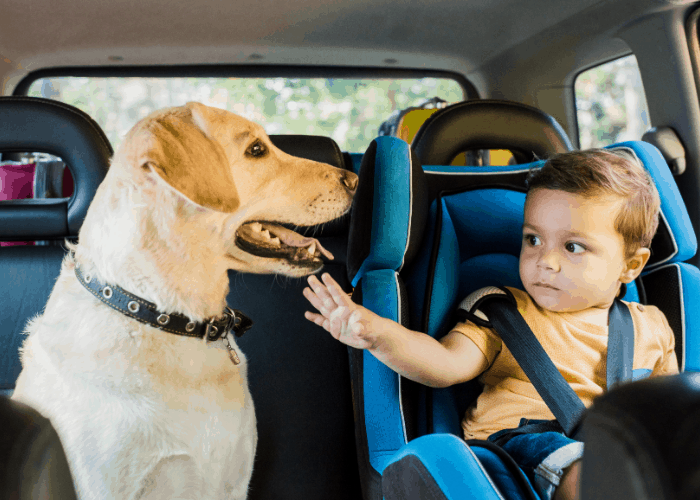
Labrador’s temperament is widely known to be very friendly and outgoing.
They thrive on human attention, which makes them ideal as family pets. Also, unlike some other large breeds, Labradors are pretty gentle dogs, so they’re fine to be kept around small children.
Labradors are very intelligent, and while they’re generally easy to train, it does take a more confident owner to control a boisterous young Labrador.
RECOMMENDED:
- Are Labradors Good Apartment Dogs?
- Which is Better: Male or Female Labrador?
However, once training has kicked in and the dog is more understanding, owners should have very little problem managing the dog’s energy levels.
[table id=5 /]
Related Questions:
1. What is the difference between a Labrador and a Labrador Retriever?
While you might think that these are two different breeds, they’re not. The breed is known interchangeably as Labrador and Labrador Retriever, although many people use the former simply because it’s shorter.
2. Why are Labrador Retrievers the best dogs?
Labrador Retrievers are one of the most popular family dogs because they basically tick all the boxes a family dog should.
They have a friendly and loving temperament, are gentle around children, and can tolerate living in a family environment.
Overall, they’re pretty much perfect as a family dog.
3. Do Labradors bark a lot?
Labradors do bark, but they’re not known to be prolific barkers. They’ll generally bark if scared or worried, or marking their territory.
One of the easiest ways to manage barking is to provide the dog with enough mental and physical stimulation, so it doesn’t get bored.
5. Labrador Husky

Highlights: Playful, intelligent, friendly
The Labrador Husky is another native breed to Canada that served as a working dog.
Much like other Huskies, its purpose was mainly to pull sleds, meaning the breed is known to have a social and hardworking temperament.
Although commonly thought to be a cross between a Labrador and a Husky, this is actually its own distinct breed.
They can grow to be bigger than the more popular Siberian Husky, meaning this isn’t a breed of dog for those without much space in their home.
Much as with other Husky breeds, these dogs need plenty of daily exercises.
DID YOU KNOW?
- Although originally bred for working purposes, the popularity of the breed has led some breeders to create dogs with a more pet-like personality selectively.
- Like other similar working dogs, Labrador Huskies are very sociable animals and will be much happier kept in packs rather than on their own.
- Tracing the breed’s history is difficult, but it’s believed to have been introduced to Canada in the 14th century by migrating Inuits. While it’s related to other Husky breeds, this period of isolation caused it to develop into its own breed.
Temperament:
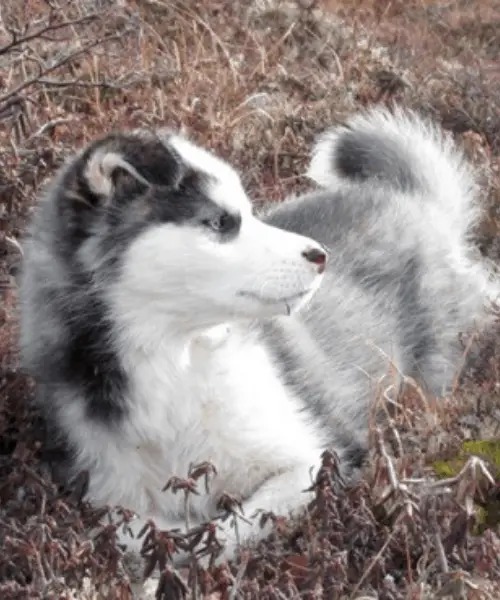
image via Wikimedia Commons
Labrador Huskies are known to be very friendly and sociable animals, but much like other working breeds, they get on much better when given a task.
It’s not too difficult to provide them with enough mental stimulation, but it’s important to keep this up to prevent boredom.
Also, Labrador Huskies need socializing from an early age because otherwise, they can develop negative traits around other animals.
That said, they can be very playful under the right conditions, so make sure you train them properly.
[table id=3 /]
Related Questions:
1. Do Labrador Huskies shed?
Just as with any breed that has a double-layered coat, Labrador Huskies do shed. This is constant throughout the year, but they also have big shedding seasons twice a year.
This can be controlled with regular brushing, although bathing is mostly unnecessary.
2. How big do Labrador Huskies get?
Labrador Huskies can grow anywhere up to 23.5 inches tall and can weigh up to 100lbs.
However, as there isn’t a widely recognized breed standard, there can be a lot of variation on these figures. It should be reasonably obvious that these are a large breed, meaning they need plenty of space.
3. Are Huskies good with kids?
Much like other Husky breeds, these dogs are known to be good with kids, providing the training is right. Make sure the dog is socialized around kids from a young age, but the breed is generally known to be very friendly.
6. Seppala Siberian Sleddog
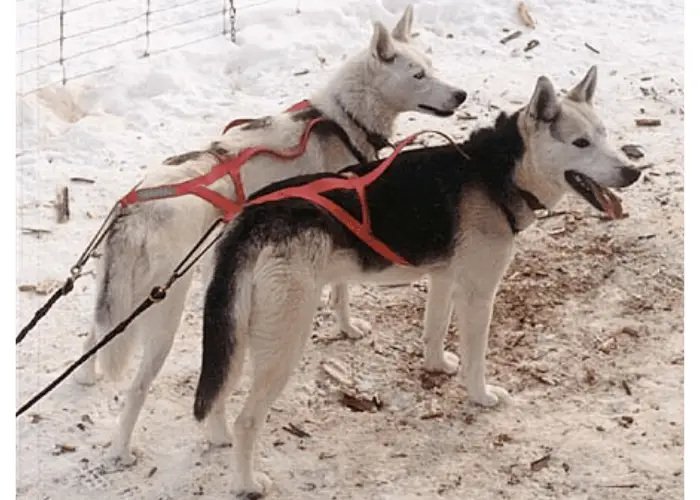
image via Wikimedia Commons
Highlights: Cooperative, Trainable, Primitive
The Seppala Siberian Sleddog is quite a rare breed of working dog and isn’t well known outside of Canada.
It’s used (unsurprisingly) as a dog to pull sleds across snow and ice. They share some vague similarities with Huskies but are actually quite a unique breed.
The Seppala Siberian Sleddog is considered a primitive breed because it’s never been considered for showing and is generally not kept as a family pet.
Breeding programs have now been established in Canada and the USA, so its popularity may very well increase.
The breed is actually one of the best and most efficient sled dogs and found its original popularity because it won so many sled races.
This is why it was used as a foundational breed for the Husky, but breeders needed other useful characteristics that the Seppala Siberian Sleddog lacked.
DID YOU KNOW?
- The breed was brought to Canada from Siberia and was one of the foundational breeds used to create the Siberian Husky. As a working dog, they’re actually very old.
- The breed nearly became extinct in 1963 after the last kennel producing the dogs closed. However, it was saved by American and Canadian breeders but is still very rare.
- The Seppala Siberian Sleddog has incredible stamina and can pull a sled for nearly a whole day without stopping.
Temperament
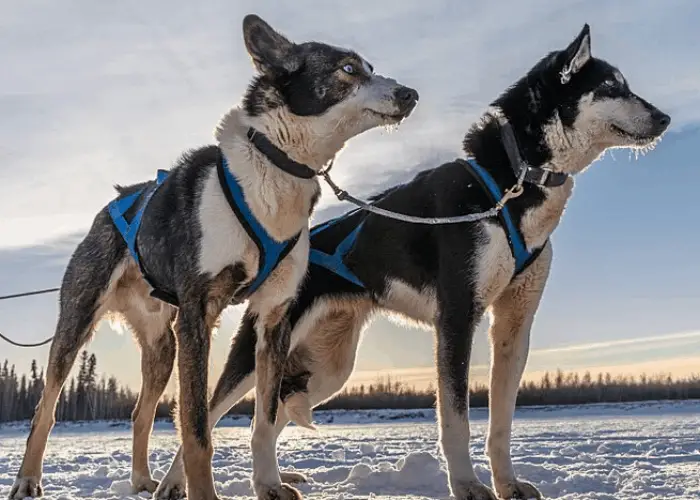 image via Wikimedia Commons
image via Wikimedia Commons
The Seppala Siberian Sleddog doesn’t really have a defined temperament because there are no recognized breed standards.
However, the breed is known to be affectionate and highly trainable generally, but shouldn’t be considered a “family pet”.
Compared to what we know as friendly dogs, they are still quite primitive.
Due to their use as sled dogs, the breed is very sociable and highly cooperative.
The Seppala Siberian Sleddog isn’t known to be an aggressive breed, but they can be wary around strangers.
Their use has always been in pulling sleds, and so any protective or aggressive traits haven’t been needed.
[table id=9 /]
Related Questions
1. Seppala Siberian Sleddog vs. Siberian Husky
When it comes to the major difference between the Seppala Siberian Sleddog and the Husky, it’s simply that one came before the other.
The Seppala Siberian Sleddog was one of the foundational breeds used when creating the Siberian Husky.
7. Canadian Eskimo Dog
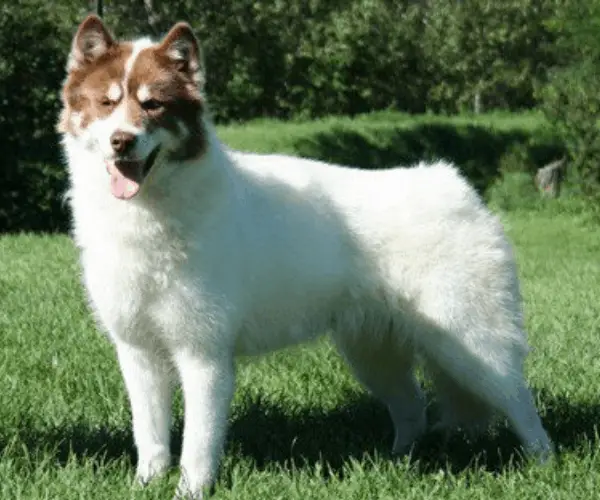
image via Wikimedia Commons
Highlights: Energetic, Intelligent, Loyal
The Canadian Eskimo Dog is very similar in appearance to the Husky, but this is mainly because it fills the same role in its native country.
Also known as Qimmiqs, the breed has long been popular with indigenous people in Canada as an all-round working dog.
Canadian Eskimo Dogs are considered to be working animals, meaning they might not be completely suitable as a pet.
They need mental stimulation and plenty of exercises because they’re designed to run in the snow all day.
However, they have a friendly and loyal personality and get on very well with their owners.
Qimmiqs fall into the spitz category of dog, and unlike some other Canadian breeds, they have been largely unaffected by colonization.
It’s believed that the breed has been used by native tribes for over 1000 years, and has changed very little in that time.
DID YOU KNOW?
- The breed is very difficult to find outside of Canada because of the greater popularity of the Husky, and the Qimmiq’s need to be a working dog. However, they’re gaining popularity as more responsible breeders get involved.
- By the 1970s, there were fewer than 200 of these dogs left in Canada. More than anything, they were impacted by the invention of the snowmobile.
- However, a breeding program was set up, and Eskimo Dogs have also become very popular in Greenland, where they function purely as working dogs.
Temperament
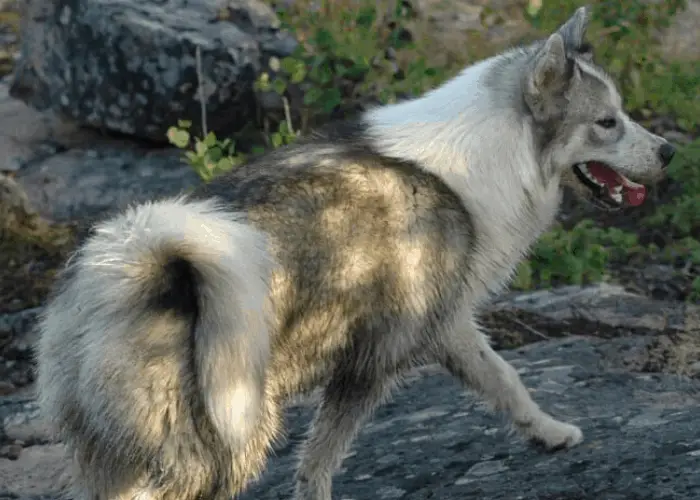
image via Wikimedia Commons
The Canadian Eskimo Dog’s temperament focuses almost entirely on its working purpose.
While the breed is very intelligent, this also means that they need a task to keep their mind occupied. Otherwise, they can become bored and destructive.
They’re a very sociable breed and will be much happier kept with other dogs. Also, while the breed is friendly and loyal, they retain a very high prey drive because this was another reason they were kept by native people.
All of this means it’s very important to train an Eskimo Dog properly from a young age, although it’s almost impossible to train away from their prey instinct completely.
While this shouldn’t put you off getting one if you like them, it’s worth being wary about what other animals you keep in the house, particularly small ones.
[table id=2 /]
Related Questions:
1. Do Canadian Eskimo Dogs shed?
Canadian Eskimo Dogs shed all year round, but also have seasonal blowouts twice a year when they shed their entire coat. Regular grooming is the easiest way to keep up with the breed’s shedding.
2. Are Canadian Eskimo Dogs good pets?
Providing you can keep up with their exercise needs, Canadian Eskimo Dogs make good family pets. It’s important to socialize them from an early age and keep up training throughout their life.
3. Do Canadian Eskimo Dogs bark?
Canadian Eskimo Dogs are known to be very vocal animals. This includes barking, yelping, and chattering, although this will be more obvious if you have more than one dog in your home.
CONCLUSION:
Many of the 7 Canadian dog breeds listed above make great pets, although finding responsible breeders in your area might be difficult.
If you’re thinking of adopting one of the breeds mentioned here, then make sure you do plenty of research before committing to one.
Or better yet, take a look in a local shelter because it’s always better to adopt than go to a breeder.
So what are you waiting for?
Check Out Other North American Dog Breeds below:
References: ✍️
1.[^] “Dog Breeds.” Newfoundland – Temperament & Personality | Dog Breeds, https://pages.wustl.edu/dogbreeds/articles/13894.
2.[^] “Announcing Canada’s Top 10 Most Popular Dog Breeds of 2018.” CKC, https://www.ckc.ca/en/News/2019/January/Announcing-Canada-s-Top-10-Most-Popular-Dog-Breeds.

